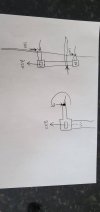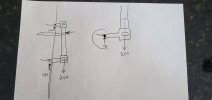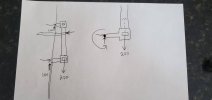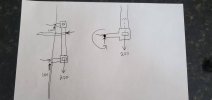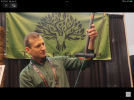I’m not a physics major. Nor do I own a stick company.
But a person without either of those titles can solve this problem themselves.
3:1 safety factor, million duty cycles, computer generated FEA, real world cycle testing on a couple sticks to confirm what the pooter says. Cost - probably 20-50k if you don’t have a buddy for the FEA or the testing.
I’m still really surprised when I sit and think that all stick companies aren’t doing the above, and that people think they’re getting this type of peace of mind. The internet flattens everything.
I’ve never understood the urge to copy someone’s idea with the purpose of making it cheaper or yourself. Unless you want to make it better.
What’s the goal here?



